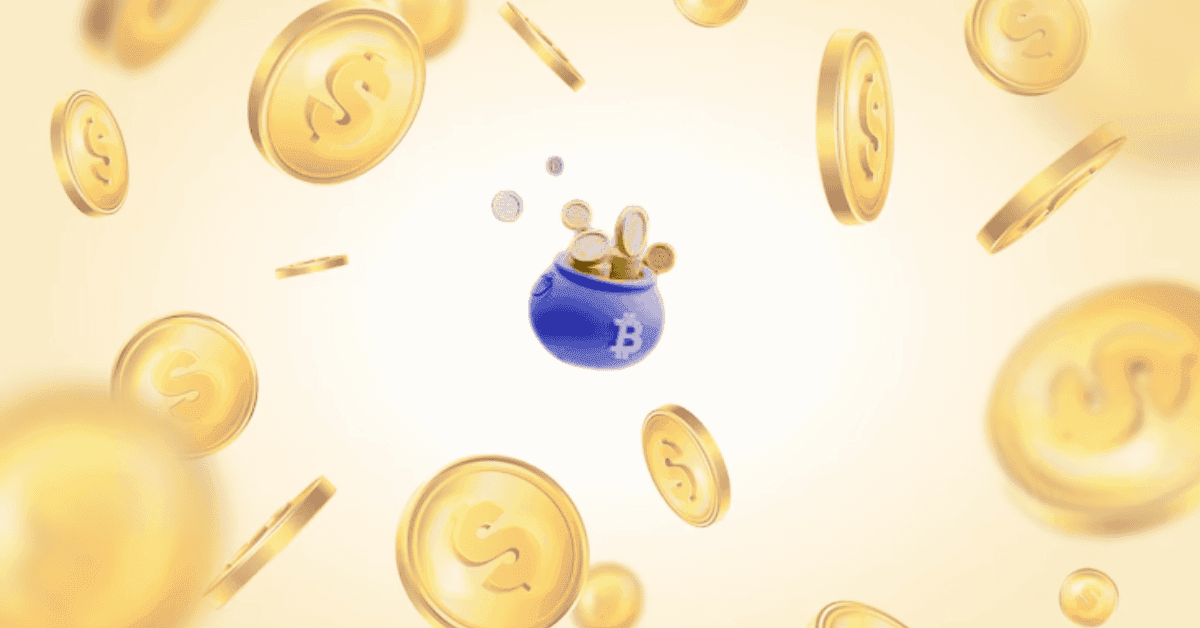
Block Reward: Mechanism and the Impact of Halving
1. What is Block Reward?
Block Reward is the reward miners receive when they add a new block to the blockchain. It serves as the primary incentive for miners to participate in securing and validating transactions on the blockchain network. This reward mainly appears in blockchains using the Proof of Work (PoW) consensus mechanism.
In these systems, miners are rewarded when they successfully solve a hash puzzle to create a new block. The reward consists of newly minted coins and the transaction fees within the block. These rewards help maintain the stability and security of the blockchain network.
2. How Block Reward Works
In a PoW blockchain, when miners create a new block, they receive rewards from two main sources:
-
-Fixed reward for creating a new block: This is the primary part of the block reward, paid in the blockchain's native coin.
-
-Transaction fees: Fees that users pay to have their transactions confirmed. These fees accumulate and are given to miners as part of the reward.
Block rewards compensate miners for the resources and energy spent solving complex cryptographic puzzles, while also helping to ensure the network's security.
3. Halving Event and its Impact on Block Reward
A key factor in the block reward mechanism is the halving event, where the reward for miners is reduced by half after a certain period. For Bitcoin, halving occurs every 210,000 blocks, roughly every four years. This event helps control the money supply and slow down inflation.
Specifically, Bitcoin's block reward has changed as follows:
-
Initially: 50 BTC per block.
-
After the 2012 halving: 25 BTC.
-
2016 halving: 12.5 BTC.
-
2020 halving: 6.25 BTC.
-
Expected 2024 halving: 3.125 BTC.
Halving ensures that the amount of newly created Bitcoin decreases over time, helping to preserve its value and reduce inflation in the long term.